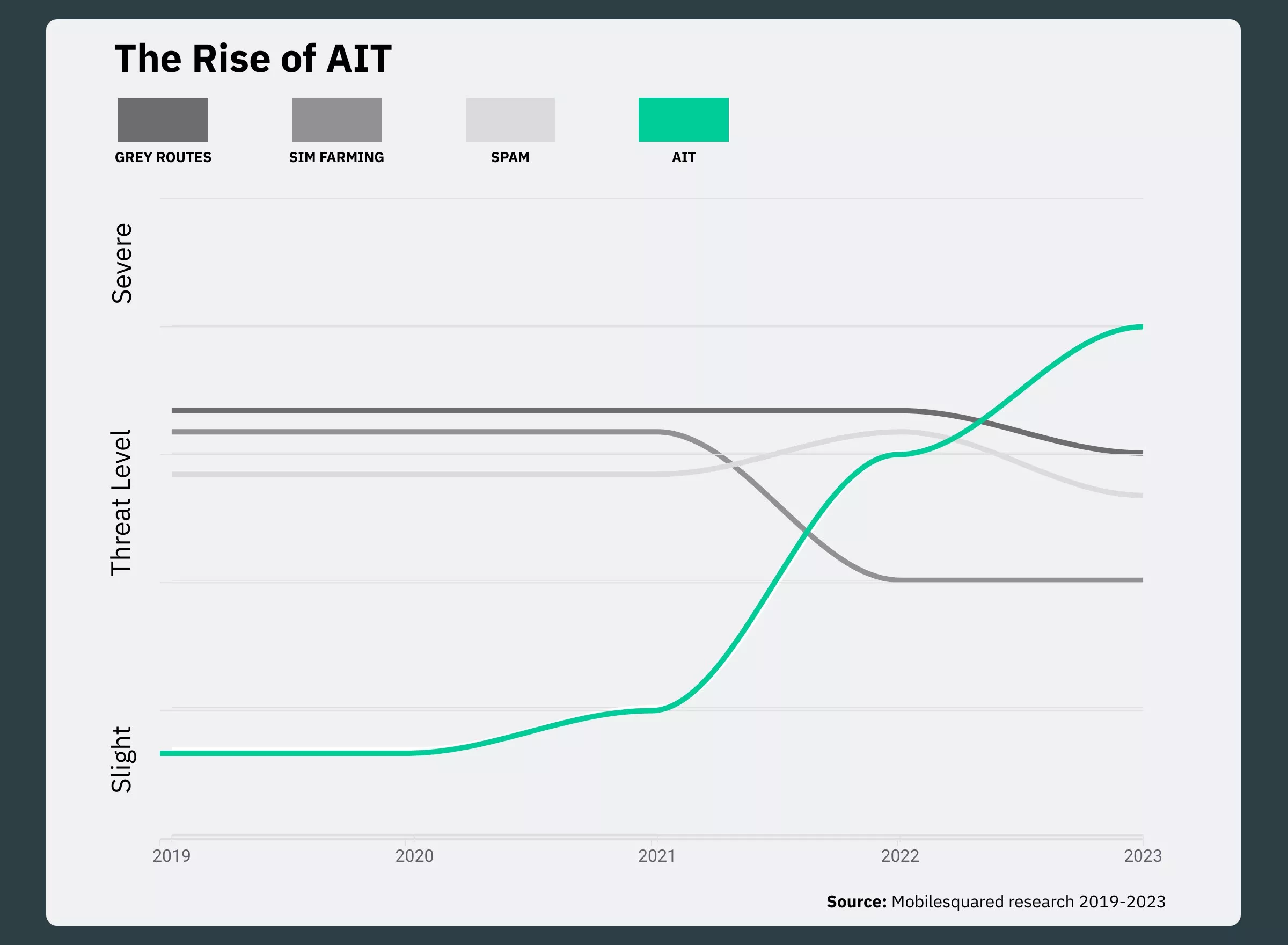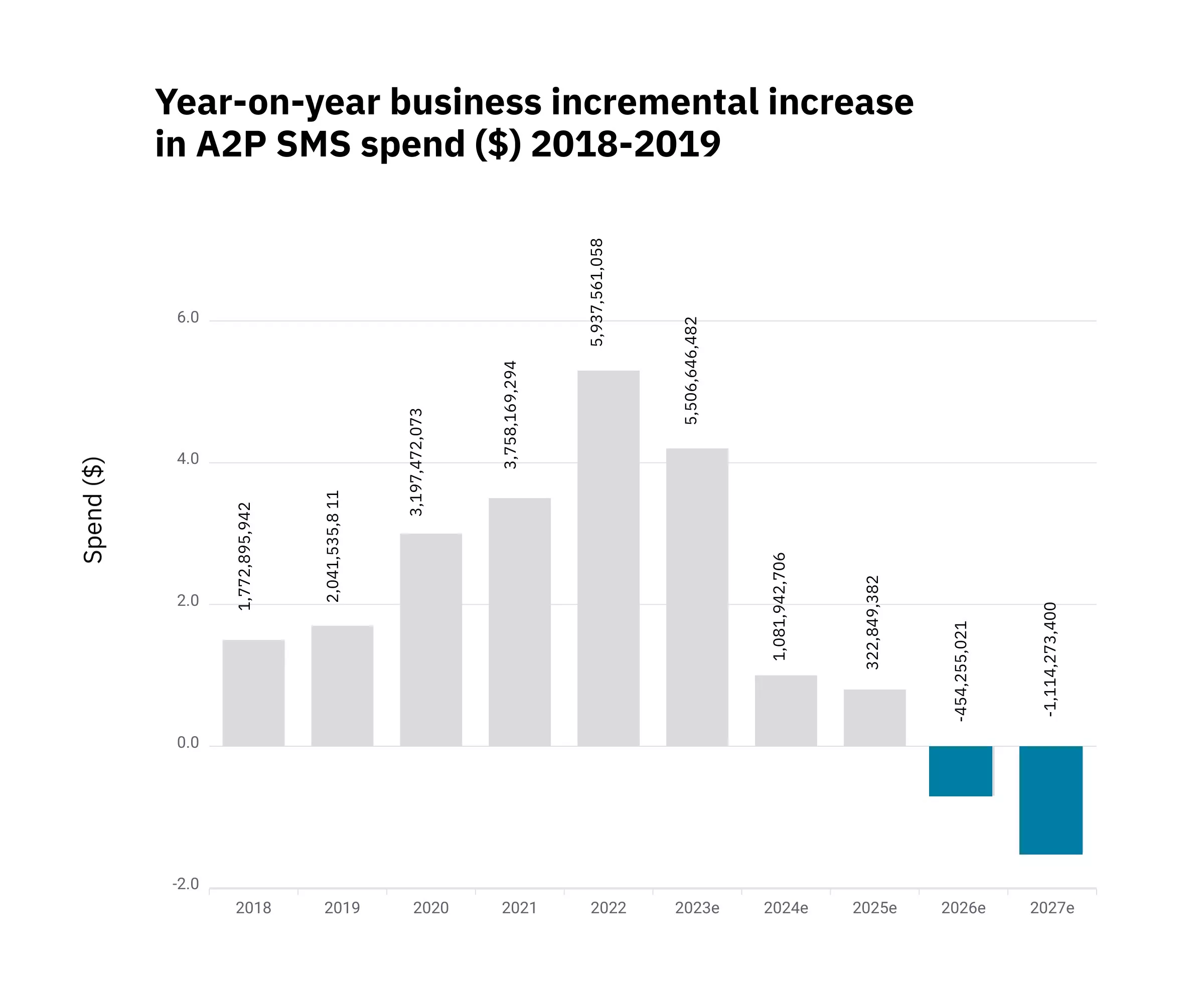Introduction
In the golden age of international SMS, this is what used to be the typical scenario:
Brands leveraged one-time password (OTP) verification to provide a user-friendly and secure way of authenticating their customers. Meanwhile, operators were able to reap the benefits of this increased activity. A win-win scenario.
Unfortunately, in parallel to this growth, a new threat has quickly gained velocity: Artificially Inflated Traffic (AIT).








